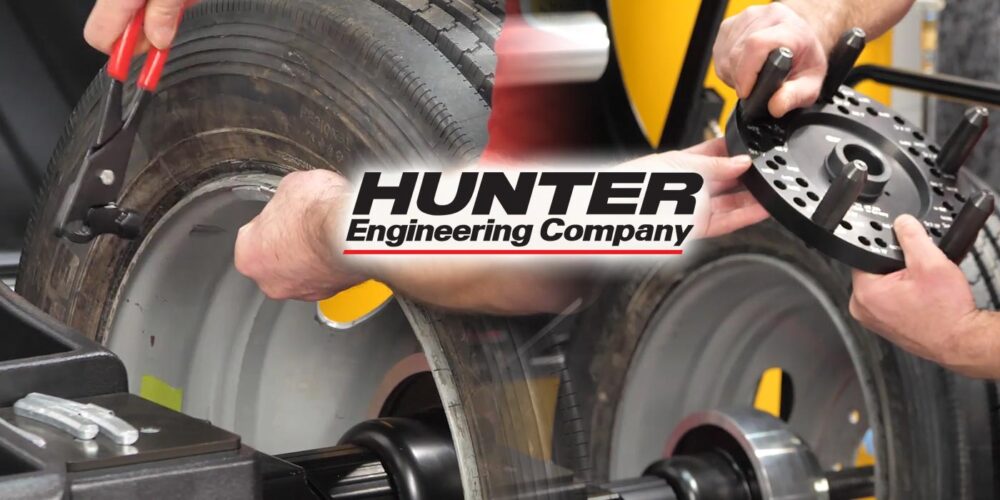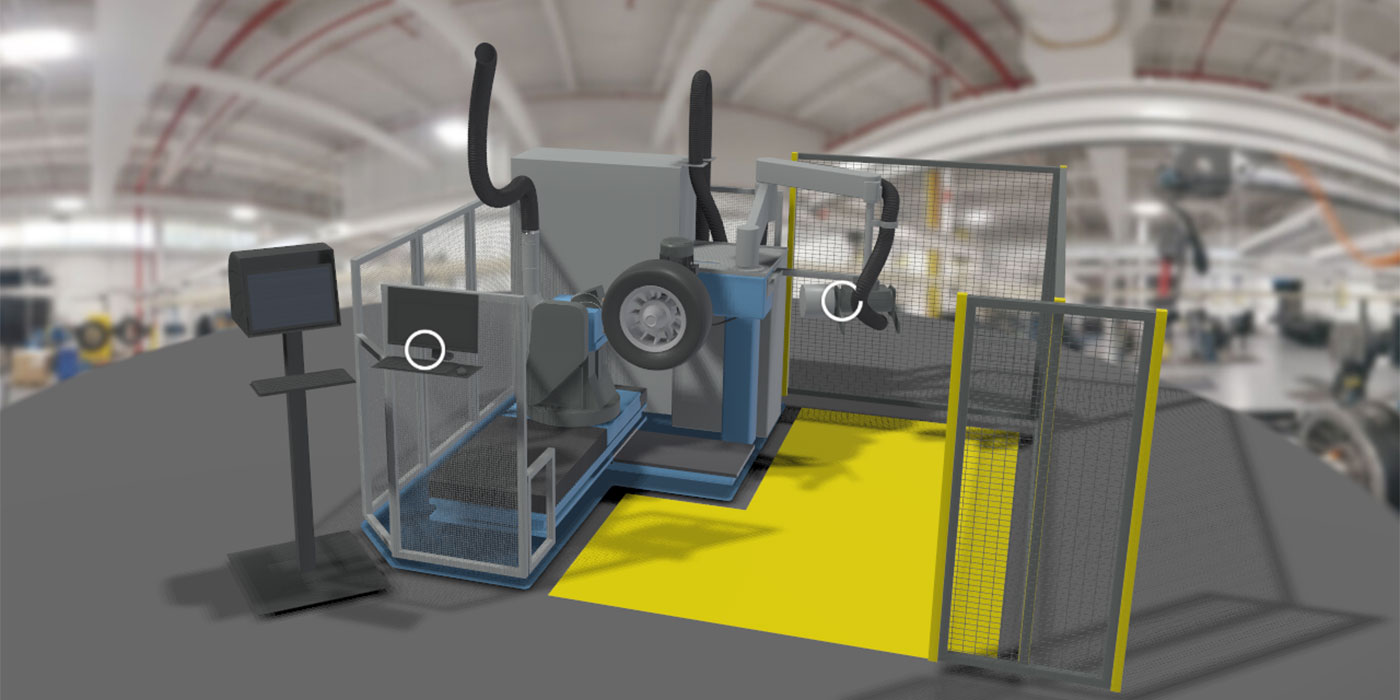The troublesome issue of TPMS sensor corrosion and sudden tire deflation continues to capture attention. Now consumers are reaching out to Tire Review with their horror stories of TPMS sensors gone bad. Some blame the “tire repair shop,” some blame the OEMs, and some are confused as to why such an apparently dangerous product is on their vehicles – and what good they actually do.
This verbatim from “Moe”:
Luckily I was driving my daughter’s 2009 Dodge Journey – May 1, and driving on a residential street when the low tire light came on and the right front tire went immediately flat because the sensor valve stem had corroded and caused the sensor to fall inside the tire and the valve stem hole to be fully exposed with INSTANT loss of tire air.
This is a common defect in these sensors, which if happening on a highway could kill someone. My 2010 Jeep, 2007 Pacifica and 2009 Dodge Journey ALL have the same problems. At over $100 each, these sensors are an expensive replacement problem. Taking them all out and replacing with rubber valve stems, which will cause the low tire warning light to always stay on could be the way to go.
For 50 years I drove cars without tire warning lights, but I was brought up to be able to read a tire gauge, which I keep in my car and regularly use. What good is a warning light coming on while you are travelling at 110 kph and experience an IMMEDIATE flat tire because the sensor has fallen into the tire, leaving the valve stem opening empty because the valve stem has corroded and is attached to the sensor. An amazing defect with thousands of cars and nobody from government or the car industry cares. They will when it’s their daughter who crashes her car because of a blow-out at 100 kph!!!
By the way, when the tire went flat I was going very slowly but it still completely destroyed the tire. IT IS NOT a maintenance problem – read all about it on the Internet. It is electrolysis and the metal used in these sensors. It is a defect that some sensor manufacturers have supposedly corrected, but these defective sensors are still on unsuspecting people’s cars.
There should be an all-out alert on the front pages of all newspapers because people are going to get killed if they haven’t already.
Yesterday, I spent $1,800 on new tires and sensors for my daughter’s 2009 Dodge Journey and today she called me in a panic because the low tire light came on again when SHE was driving. I’ll find out tomorrow what is wrong – a low tire or a bad (new) sensor.I am ready to scream!!
Then my wife came home tonight and told me she had the oil changed this afternoon on her 2007 Pacifica and while they were checking her tire pressures, one of her sensors dropped into the tire when they applied the tire pressure gauge!! Had to buy another sensor!!!Chrysler, Jeep, Dodge are you listening!!!???
BTW: Just so you know, “Moe” is not some run-of-the-mill crank. He is actually Dr. Morely Pitts, director of outreach programs for Medix College of Healthcare & North American Trades Schools in North York, Ontario.
Then there is this from Alice Henely, who had written me once before:
I found a newer article from you on the TPS valve problems. So it does appear that these problems continue.
Some of your readers can speak eloquently about certain testing kits and hex nut electrolysis effect. That is nice, but most of us do not want to have to become tire repair men/women simply because of the fact that the part is badly made and that the tire repair shops themselves seem not sure of how to fix these things.
The whole issue has given me a case of TPSD – "tire pressure sensor disorder.” This is the compulsion to get out and check your tires three times in a half hour drive, along with the paranoia of having anyone add air to the tires for fear of breaking them little valves.
God I have been wanting someone to write to about this. There is such a problem with those sensors and no one wants to take responsibility from a mechanic’s or makers point.
On my 2009 Jeep Liberty (less than 50,000 miles on it) I have had two that just plain cracked and corroded. One giving me that “fast flat” (luckily at a low speed) immediately after having the tire pressure check by a "pro.” I feel LESS SAFE knowing these are on my car.
Sears tried three times to get the sensor right so the light would go off. They never did get it right so the light stayed on. We grew to ignore it.
Two days ago my husband got a flat and Firestone replaced the front two tires. I inspected the car today to see what they had done with the valves. The bill shows they did nothing to the valves. Not only did they possibly miss a nail in a REAR tire, but my garage guy pointed out an obviously cracked TSP valve on the other rear tire.
I called Firestone and they stated that they try NOT to replace the valves unless it is an obvious problem as the valves are so expensive. He agreed that up here in northern New York they corrode so fast they should be replaced frequently – Isn’t that the repair place’s job?
This tire guy even went so far as to state, "If I had a car with those TSP sensors on I would replace them all with plain caps.”
If these TSP’s are making cars LESS SAFE shouldn’t we get rid of them. I’m keeping copies of these letters and all those repair bills just in case something serious happens to me or my husband due to those "safety improvements.”
Signed: Alice Henely – just a housewife learning to be a tire repair person by default
So what have you heard or seen lately? Are the OEMs failing drivers? Are drivers failing themselves? Did NHTSA miss something are it pertains to sensor durability?
* * * * * * * * *
From friend of the show Dan Nothdurft, of Tires, Tires, Tires in South Dakota, comes “The Dead Cow Lecture,” a brilliant lesson to share with all of your young stars-to-be:
THE DEAD COW LECTURE
This is the best example for paying attention that I have ever heard.
First-year students at the Purdue Vet School were attending their first anatomy class with a real dead cow. They all gathered around the surgery table with the body covered with a white sheet. The professor started the class by telling them, "In veterinary medicine it is necessary to have two important qualities as a doctor.
“The first is that you not be disgusted by anything involving the animal’s body." For an example, the professor pulled back the sheet, stuck his finger in the butt of the cow, withdrew it, and stuck his finger in his mouth.
"Go ahead and do the same thing," he told his students. The students freaked out, hesitated for several minutes, but eventually took turns sticking a finger in the butt of the dead cow and sucking on it.
When everyone finished, the professor looked at them and said:
"The second most important quality is observation. I stuck in my middle finger and sucked on my index finger. Now learn to pay attention. Life’s tough but it’s even tougher if you’re stupid."















